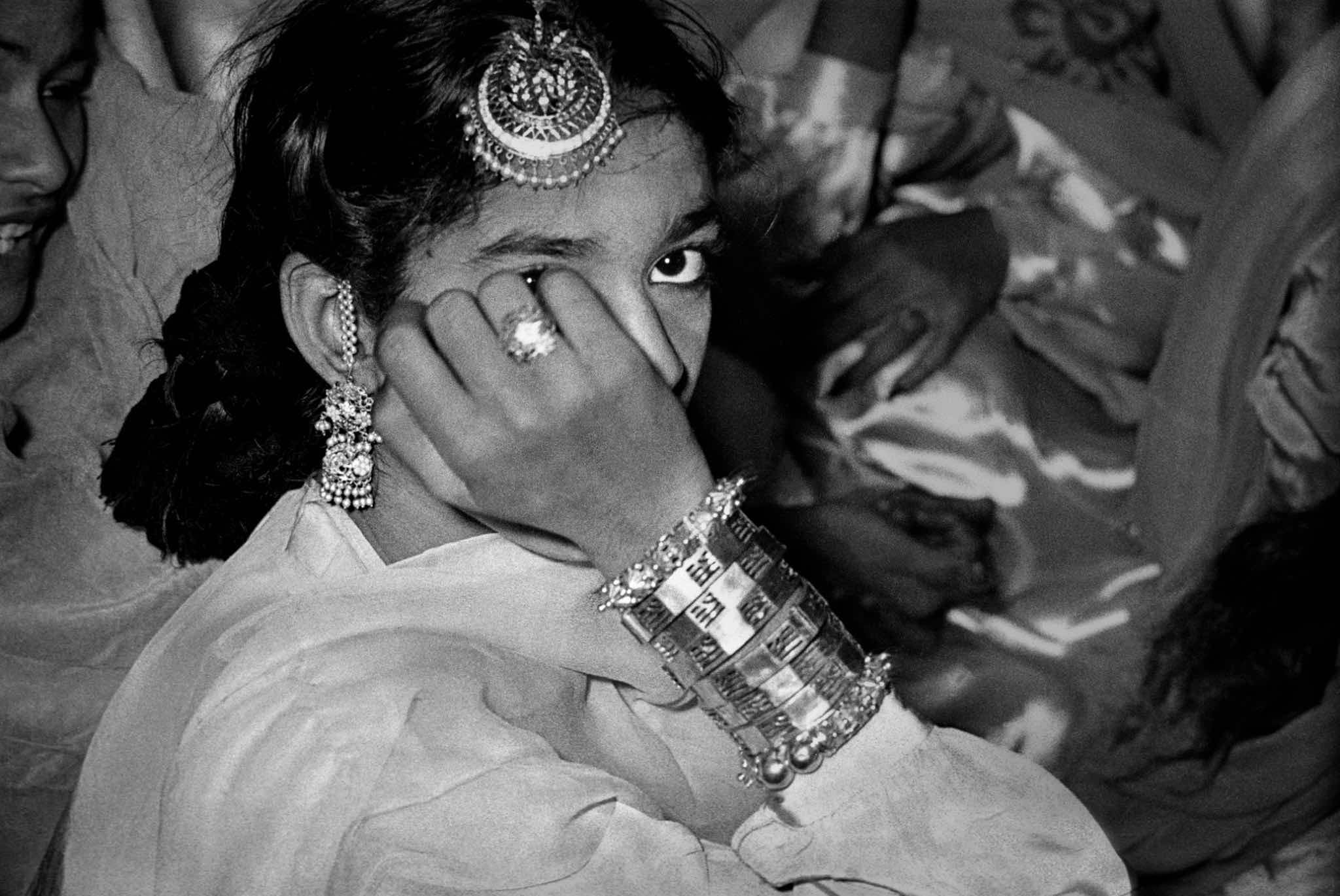Heera Mandi: Lahore’s Cultural Treasure
Heera Mandi, located in the heart of Lahore, Pakistan, has a special and storied place in the tapestry of South Asian history and culture. This area, known colloquially as the “Diamond Market,” is more than just a geographical location; it represents Lahore’s rich, if controversial, cultural heritage. From its beginnings as a bustling marketplace to its current status as a historical and somewhat touristic site, Heera Mandi has evolved over centuries, witnessing the ebb and flow of time, culture, and societal norms.
Historical Background.
Heera Mandi, located near the historic Badshahi Mosque and the Lahore Fort, dates from the Mughal era. It began as a marketplace where precious stones, including diamonds (hence the name “Heera”), were exchanged. During the Mughal period, Lahore was a thriving cultural and commercial centre, attracting traders, artisans, and performers from all over the region. This intersection of commerce and culture paved the way for Heera Mandi’s future role in the city’s sociocultural landscape.
Mughal patronage and cultural flourishing
Under the patronage of the Mughal emperors, Lahore grew into a cultural and artistic hub. Heera Mandi has become synonymous with the performing arts, particularly classical music and dance. Renowned courtesans, or “tawaifs,” entertained the elite at Heera Mandi’s kothas (salons) with their refined skills in Kathak dance, ghazals, and classical music. These courtesans were well-educated women who excelled in literature, poetry, and etiquette, playing an important role in preserving and propagating cultural traditions.
The tawaifs of Heera Mandi were more than just entertainers; they were cultural custodians and influencers. Their salons were frequented by the elite, including nobles, poets, and artists, who came to appreciate and support the arts. This was Heera Mandi’s golden age, when it flourished as a cultural centre.
British colonial influence
The introduction of British colonial rule in the nineteenth century caused significant changes in the socioeconomic fabric of the Indian subcontinent, and Heera Mandi was no different. The British, with their Victorian moral values, despised the traditional role of courtesans. As a result, the once-celebrated tawaifs became increasingly marginalised, and Heera Mandi’s cultural status began to deteriorate.
Despite this transition, Heera Mandi maintained its reputation as a centre for music and dance. The courtesans continued to perform, albeit with less patronage, and the area became known more for its red-light district than its cultural heritage.
Post-Independence Era
The partition of India in 1947 and the establishment of Pakistan caused further sociopolitical upheaval. Heera Mandi, now part of Pakistan, faced new challenges as the newly formed country struggled with its identity and societal norms. The tawaifs, once revered, found themselves marginalised in an increasingly conservative society.
Despite these challenges, Heera Mandi remained a haven for traditional music and dance. After independence, cinema and radio emerged as new platforms for artists. Many Heera Mandi performers transitioned to these mediums, keeping their art alive. However, the area’s prostitution history overshadowed its cultural contributions, and many saw Heera Mandi as a symbol of moral decay.
Modern-day Heera Mandi
Heera Mandi is a modern-day reminder of Lahore’s complex history. Although the area still has a small number of traditional performers, its reputation as a red-light district continues to dominate public perception. Efforts to revive and preserve Heera Mandi’s cultural heritage face significant obstacles due to societal stigma and shifting urban dynamics.
The Pakistani government and various cultural organisations have launched initiatives to rehabilitate the site and highlight its historical significance. There are ongoing efforts to restore Heera Mandi’s architectural heritage, which includes havelis (traditional mansions) and kothas in Mughal and colonial styles. These initiatives seek to transform Heera Mandi into a cultural tourism destination that honours its rich artistic heritage while addressing social issues.
Cultural Legacy of Heera Mandi
Despite the controversy surrounding Heera Mandi, its influence on South Asian culture is undeniable. The area has produced some of the finest classical musicians, dancers, and artists, all of whom have left an indelible mark on the region’s cultural landscape. The tawaifs’ legacy, including their mastery of classical arts and status as cultural icons, continues to inspire contemporary artists.
Heera Mandi’s story is a powerful reminder of the intersection of culture, commerce, and societal norms. It reflects Lahore’s dynamic and often turbulent history as a melting pot of diverse influences over the centuries. As efforts to preserve and celebrate its heritage continue, Heera Mandi serves as a symbol of resilience and cultural diversity.
conclusion
Heera Mandi is far more than its current reputation implies. It is a historical and cultural landmark that has significantly influenced Lahore’s artistic and cultural identity. Heera Mandi’s evolution from a marketplace for precious stones to a performing arts centre and its current status reflects South Asia’s broader socio-cultural transformations.
Preserving and revitalising Heera Mandi is about more than just preserving buildings or reducing its reputation as a red-light district; it is about honouring and celebrating a rich cultural legacy that has endured for centuries. As Lahore grows and modernises, Heera Mandi remains a crown jewel, a reminder of the city’s glorious past as well as a beacon for its cultural future.
click here to embark on a thrilling journey of fun and excitement at funexpresshub.com
